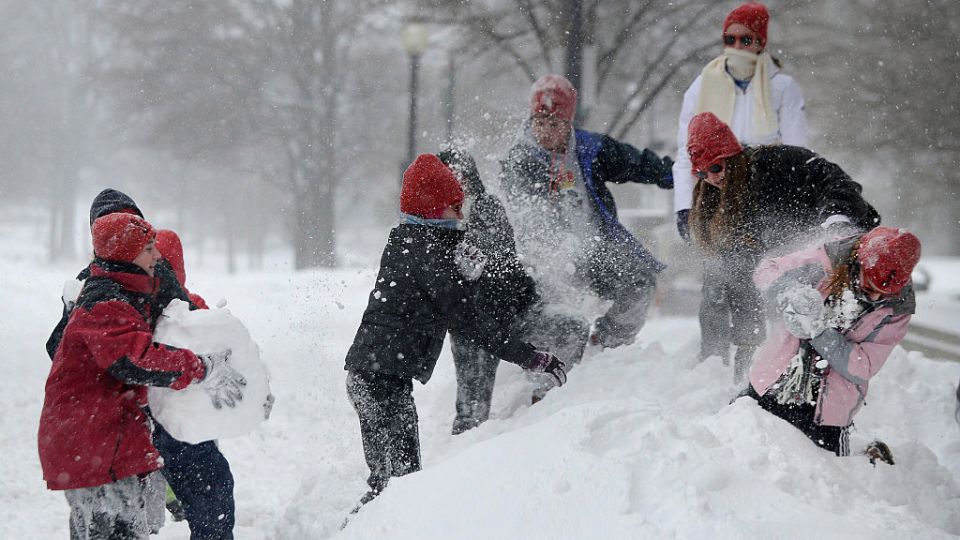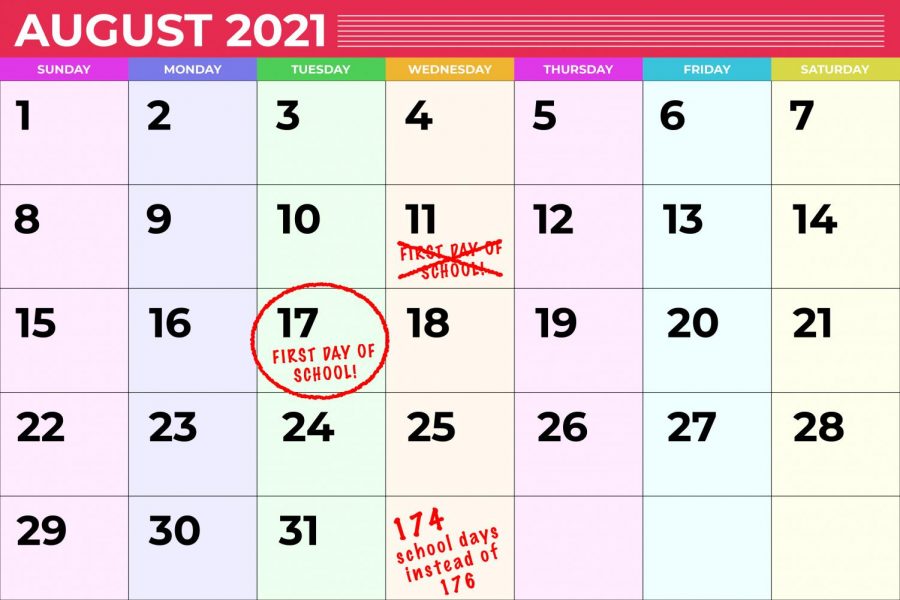

The winter solstice marks the start of each hemisphere’s winter season, happening in the Northern Hemisphere in December and in the Southern Hemisphere in June. It only gets brighter from here," the periodical writes on its website. "Although the winter solstice means the start of winter, it also means the return of more sunlight.

The winter solstice is known as the "shortest day" of the year because it has the fewest hours of sunlight.Īfter the winter solstice, the days once again grow longer until the summer solstice in June, which marks the longest day of the year and the first day of summer, according to the Almanac. 1, since it’s the start of the coldest three months of the year in the Northern Hemisphere, according to the National Centers for Environmental Information. While astronomers consider the winter solstice as the official beginning of winter, based on the position of Earth in relation to the sun, meteorologists have a different take. In the Southern Hemisphere, the winter solstice falls on June 20 or 21.

21, according to The Old Farmer’s Almanac.įor people who live on the northern half of Earth, it happens each year on Dec. The first day of winter in the Northern Hemisphere comes on the winter solstice, which occurs at 10:59 a.m.


 0 kommentar(er)
0 kommentar(er)
